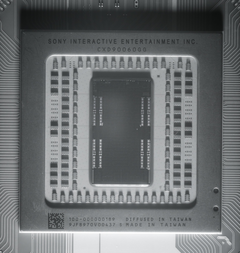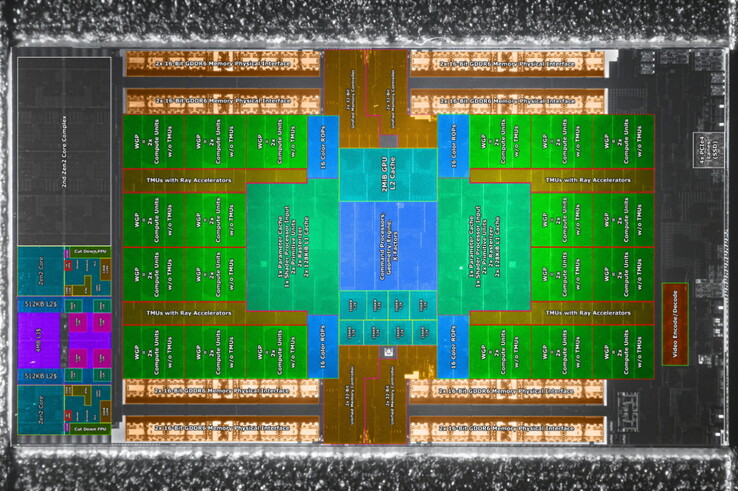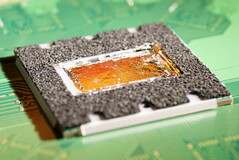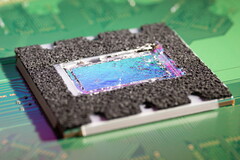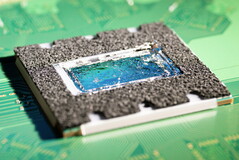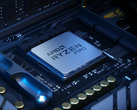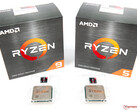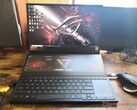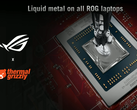The PlayStation 5 has been out for a few months now, but it has taken until now for someone to publish a detailed die shot of the next-generation console. Pictures of the die were uploaded to Twitter by @FritzchensFritz, who regularly posts processor and GPU die shots. @FritzchensFritz hopes to have a better short-wave infrared (SWIR) image of the PlayStation 5's die up soon, too.
The pictures that have been uploaded so far offer up a few previously unknown details about the PlayStation 5, though. While AMD and Sony claim that the console uses the former's RDNA 2 architecture, the die appears to have separate cache modules, which would indicate no support for Infinity Cache. There had been rumours that both next-generation consoles would support Infinity Cache, but it seems that neither do.
In short, AMD's Infinity Cache amplifies the bandwidth available to a GPU. According to AMD, Infinity Cache can deliver up to 3.25x the effective bandwidth of 256-bit Gbps GDDR6 VRAM. It is worth stressing that AMD determined this value in-house and with a Radeon RX 6000 series card with 128 MB of Infinity Cache.
Someone has already mapped out the PlayStation 5's die too, which you can view below. Unsurprisingly, the die shot has prompted plenty of speculation online, with people debating what RDNA 2 features Sony has cut from its die. It looks like Sony has removed some Fixed Function Units (FFU) and Fused Multiply-Add (FMA/FMADD), for example. We should stress that the below image is only an interpretation of the PlayStation 5's die. However, the space between cache segments effectively confirms that the console does not support Infinity Cache.
The images published by @FritzchensFritz also reiterate that Sony applies liquid metal to the PlayStation 5's die. Additionally, Sony has applied some protection around the SoC to prevent any liquid metal from seeping onto the motherboard.




